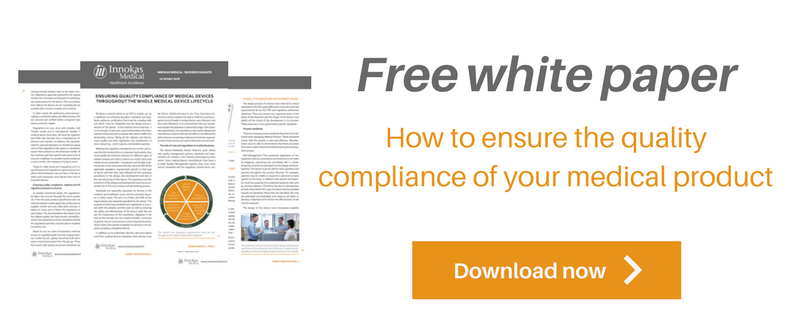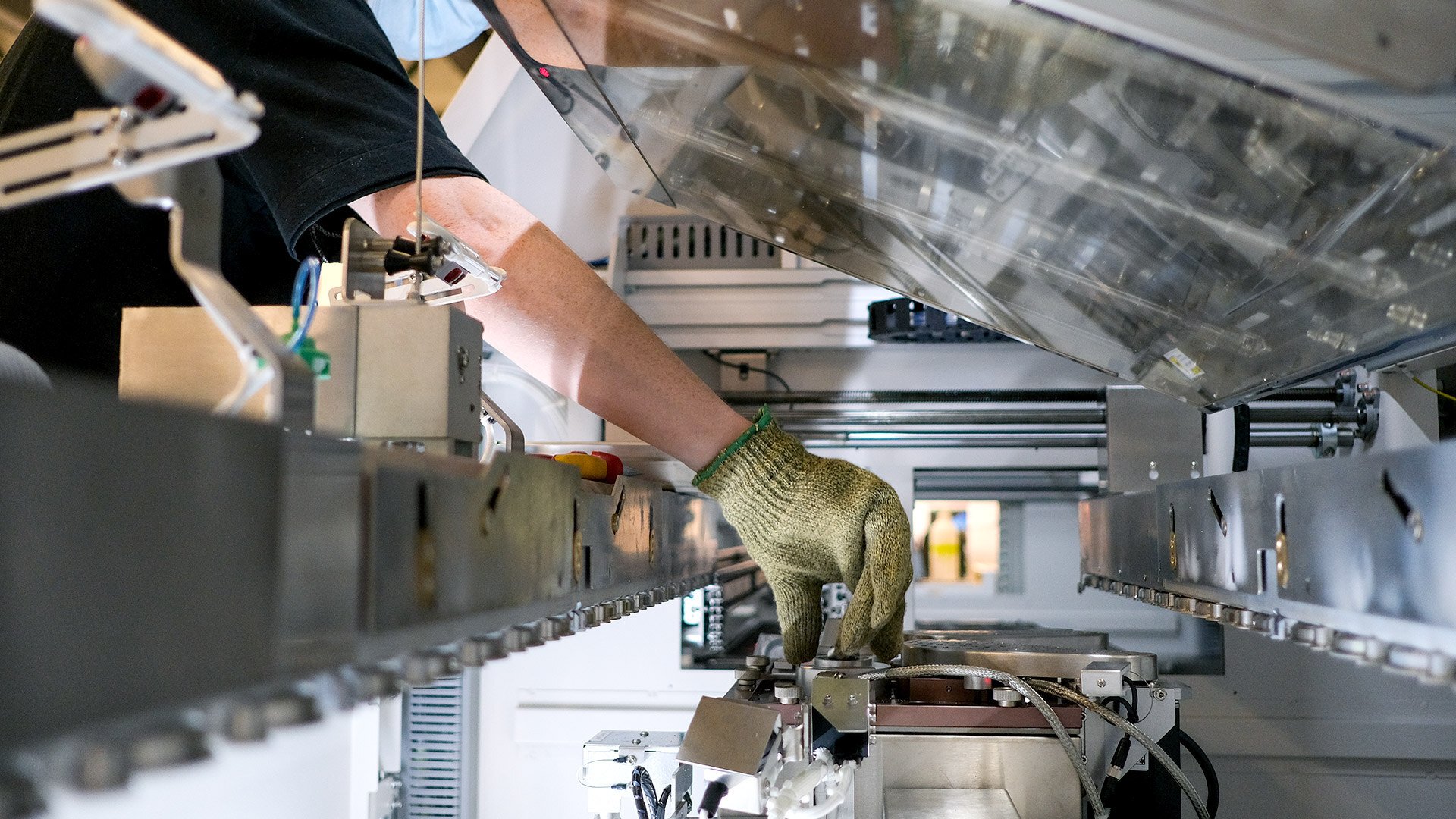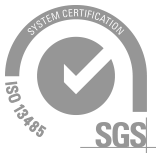When creating a new medical device to the market, there’s much more that goes into designing, developing, and introducing a medical device to the market than simply coming up with an innovative idea, building it, and offering it to the masses. One clear rule in the field is that if your device doesn’t meet all the regulatory guidelines, it won’t get an access to the market at all.
Designing and developing medical devices is actually a very complex process full of needs, specifications and requirements set by authorities, patients and end users - all of which must be taken into account and adhered to create a successful medical product. So how to ensure the quality and regulatory compliance in the design and development phase? How to recognize all the needed fundamentals, specifications and requirements set by authorities, patients and end users, to get the market access on time? Here’s few tips on how to balance the regulatory compliance with medical device design and development process!
Tip #1. Start the balancing early enough!
First of all, medical device developers should remember that everything begins already when you come up with the new idea. The identification of the regulatory requirements of the device should be made already at the early start phase of the process. These requirements can vary depending on the intended use of the device, their invasiveness or the particular patient population etc. Thus, the level of risk associated with these types will vary accordingly and so will the requirements. In addition, the identification of the initial risks of the device should also be made already at the early phase of the process - it has a straight effect to the design and development phase of the device.
That’s why the most appropriate regulation and performance characteristics for the particular device must be selected, and the users, the use environments and of course the patients must be taken into account. A device developer must initially study the regulations related to the different device types and decide what patient groups, which users and what type of use environments fit into the intended scope of the device. If you’re not sure on which class your device should be categorized in, consult an expert in order to ensure that all the relevant regulations and standards are taken into account before the actual development phase starts and before you waste time and money on a false start.
Tip #2. Take both process and device related standards into account in the design and developing phase!
What comes to the actual design and development process of a medical device – it must meet a very strict criteria stipulated in the ISO 13485 QMS and it must also meet the requirements set by the FDA and regulatory authorities elsewhere. There are several very important areas in this phase of development and the design of the device must satisfy all the criteria if the development is to proceed. These areas are, in turn, governed by specific standards, which can be divided in two; process related standards and device related standards.
Process related standards – there are many of them and all have to be followed when designing Medical Devices. When following these standards in design and development phase, it ensures that the medical device designed is high in quality and the best possible outcome of the process. Manufacturers must be able to demonstrate that these processes have been implemented and followed during the development project. For example, Risk Management is something that must be incorporated into the design and development. The device must be safe for both operators and patients throughout the product life cycle. For example, patients may be unable to respond to electrical currents applied to the body, in addition both patient and operator must be protected from potential exposure risks such as ionizing radiation. Therefore, the device development process must follow ISO 14971 to ensure that the possible hazards are identified.
The design of the device must incorporate Usability Engineering as well, which is required by the Food and Drug Administration (FDA) and other International Regulatory agencies. Medical device use error is a significant factor in thousands of patient deaths and injuries. Doctors, nurses and patients may make mistakes while using medical devices that result harm to the patient. Poor human-factor design is one of the root causes of the problem. That’s why the manufacturers must pay more attention to human-factors at the earliest stages of product design and development, when user input can make a difference to the final product. Usability engineering process must meet all the criteria specified in IEC 62366.
And if there is any software included, the SW of the device must be developed according to IEC 62304. This software life cycle standard makes development more stringent, but also safer. It guides manufacturers to create processes, activities, and tasks for every aspect of medical software development, from requirements through to design, testing, deployment, and post-field updates. Safe medical device software requires risk management, quality management, and good software engineering practices and has a close relationship to usability engineering. To comply with IEC 62304, a medical device manufacturer must implement all the processes, activities, and tasks set out by the standard.
In addition to process related standards, there are device related standards that have to be followed when designing Medical Devices. These standards ensure that the product is safe and effective. For example the most important standard family is IEC 60601 family, which is a series of technical standards that stipulates criteria for ensuring the safety and effectiveness of medical electrical equipment. IEC 60601 consists of a general standard, over 10 collateral standards, and over 60 specific standards. For example, any new device must be able to operate in the medical environment in which other devices will be used. It is essential that the device does not interfere with the correct functioning of the other devices. The device must also be shielded from interference from other devices and electromagnetic sources for its own correct functioning. The design must meet the criteria for robust functioning and non-mutual interference according to IEC 60601-1-2 (EMC), IEC 60601-1 along with other collateral and specific standards.
Tip #3. Change your mindset to life cycle thinking!
The job of a medical device developer is a multi-faceted one. All of the above factors must be integrated with each other in the overall design of the device. This requires a comprehensive knowledge and complete understanding of the whole process for a design team. The documentation must be compiled with, have high quality and proven traceability to verify that the design and development process has been, and is being, carried out according to regulations and standards.
Companies need to understand also that the design and development phase is not enough; the regulations have to be taken into account through the entire product life cycle! Having achieved and integrated all the design goals, the next step is to get marketing authorization from the various authorities before the actual manufacturing can begin. And also during production processes, supplier control and even after-sales services, it is mandatory to know and follow the regulations related to each phase.
To read more about the regulatory process of the whole life cycle of the device, you can download our White Paper including insights related to that. It shows an illustrated outline of the stages in developing your idea into a worldwide selling product in the medtech/healthtech sector. These phases demonstrate how to ensure compliance to enable medical devices to be placed on the market as smoothly as possible. Please download your free white paper below!











